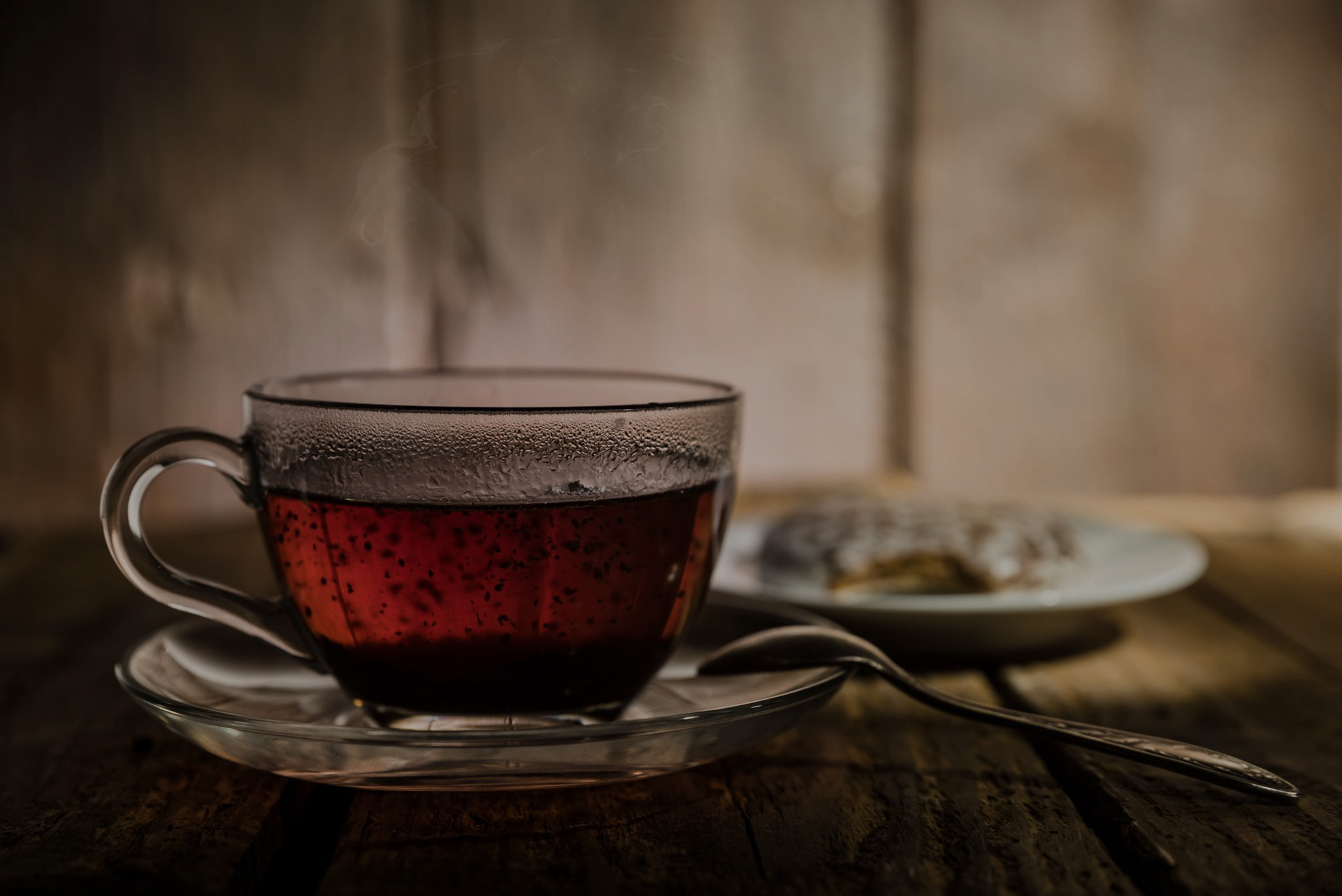Sun tea, sweet tea, iced tea, afternoon tea... These well-known categories of tea are typically made using black tea. Even the popular English Breakfast and Earl Grey blends are made from black tea leaves. This is in contrast to Eastern culture — in countries like China and Japan — where tea typically refers to green tea. It is considered to have originated in China. But it's the delicate green tea that became popular in Eastern society and is still the base of tea culture there today. However, it was discovered that the more oxidized black tea would retain its freshness and flavor better over long journeys than its minimally oxidized green tea cousin. What makes black tea different from green tea is that during the production process, the tea leaves are allowed to fully oxidize before they are heat-processed and dried. During oxidation, the leaves become rich dark brown to black color that black tea leaves are famous for. Oxidation alters the flavor profile as well, helping add malty, fruity or even smoky notes.
Forms of Black Tea
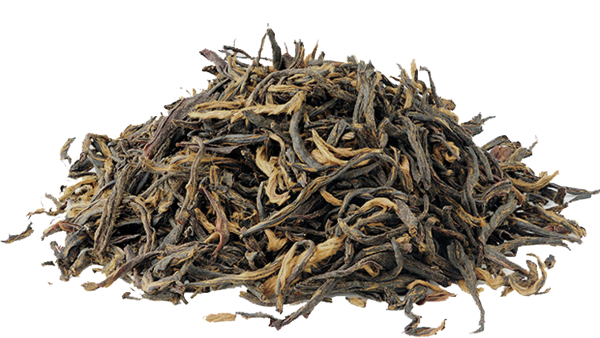
Congou Tea
Congou is a black Chinese tea variety used by 19th-century tea importers in America and Europe. It was the base of the English Breakfast tea blend. The etymology of the tea is the same as kung fu, from the Chinese for "skill". The popular variety Panyang Congou - once the most expensive style of black tea in the West, with exports to over twenty countries, a state-owned factory established in 1958 continues to produce small amounts.
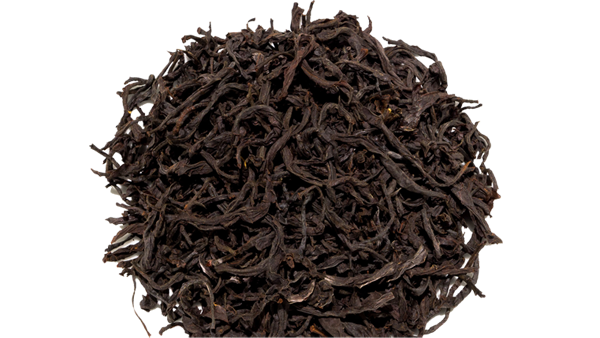
Sun Moon Lake
When it comes to Taiwanese tea, fewer people are aware that the country produces some excellent black teas. While many of Taiwan's tea growing regions do produce a limited amount of black tea, Sun Moon Lake is practically synonymous with black tea in Taiwan. Sun Moon Lake Ruby Red tea is a cross of native camellia formosensis (a possible third variety of tea), and camellia assamica that was imported from Burma.
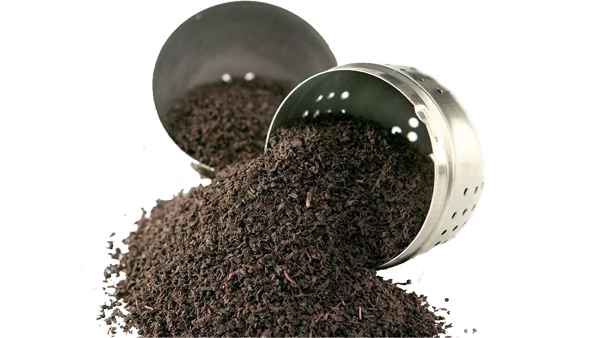
Rize Tea
Rize tea is the black tea used for Turkish tea. Produced in Rize Province on the eastern Black Sea coast of Turkey which has a mild climate with high precipitation and fertile soil, when brewed it is mahogany in color. In addition to being consumed at home, it is served in Turkish cafés by a tea-waiter, in small, narrow-waisted glasses. It can be taken strong or weak, and is traditionally served with beet sugar crystals or a couple of sugar lumps.
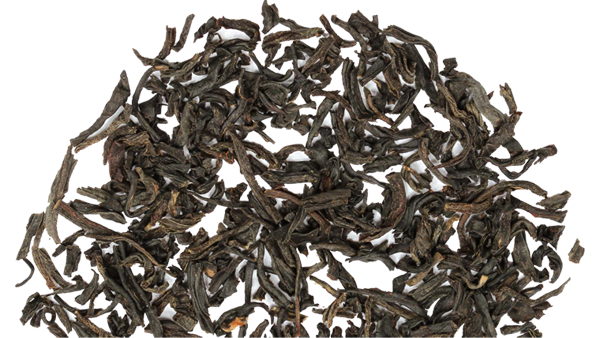
Keemun Tea
Keemun (Qimen red tea) is a famous Chinese black tea. First produced in the late 19th century, it quickly became popular in the West and is still used for a number of classic blends. It is a light tea with characteristic stone fruit and slightly smoky notes in the aroma and a gentle, malty, non-astringent taste reminiscent of unsweetened cocoa. Top varieties have orchid-like fragrance and additional floral notes in the flavor.

Assam Tea
Assam tea is a black tea named after the region of its production, Assam, India. Assam tea is manufactured specifically from the plant Camellia sinensis var. assamica. It is mostly grown at or near sea level and is known for its body, briskness, malty flavour, and strong, bright colour. Blends containing Assam are often sold as "breakfast" teas (Irish breakfast tea, a maltier and stronger breakfast tea, consists of small-sized Assam tea leaves).

Dianhong Tea
Dianhong tea (Yunnan red tea) is a type of relatively high-end, gourmet Chinese black tea sometimes used in various tea blends and grown in Yunnan Province, China. The main difference between Dianhong and other Chinese black teas is the amount of fine leaf buds, or "golden tips," present in the dried tea. Dianhong tea produces a brew that is brassy golden orange in colour with a sweet, gentle aroma and no astringency.


